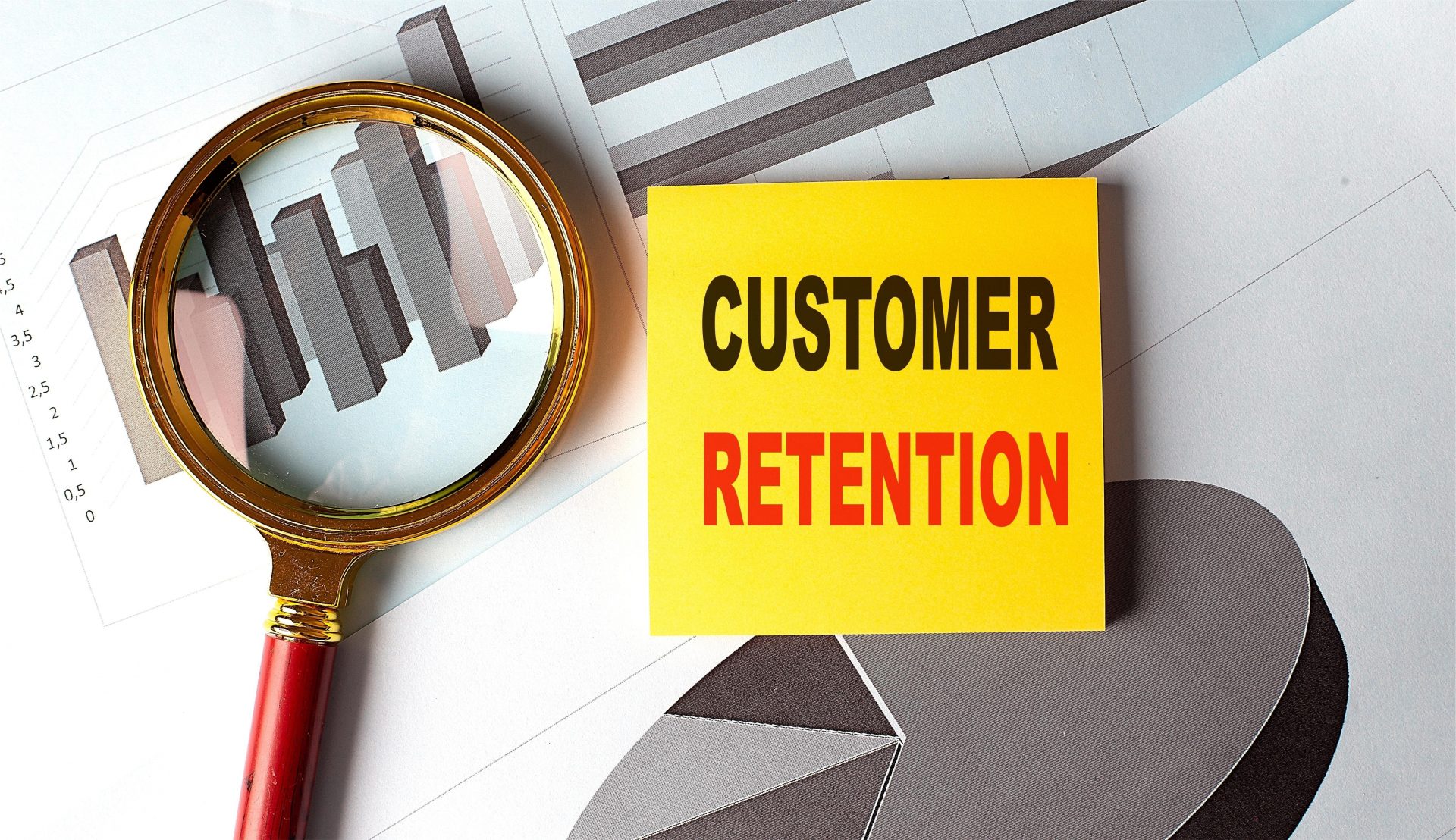Point checklist for Home Loan applicants who are 50 and above
Home loan applicants in India have undergone a dramatic shift in terms of volume in the past two decades. An applicant’s eligibility for a loan is often determined by a variety of characteristics including creditworthiness, age, property type, repayment ability, and work history among others. One aspect that ties them all together is that they are all older. People looking for a house loan often fall into one of three age brackets: those in their 20s, those in their 30s to 40s and those which are older or senior citizens.
Due to their higher salaries than previous generations, borrowers in their 20s and 30s account for a considerable portion of those applying for a home loan. This age group has the most borrowing options mostly because of the age benefit. Borrowers above the age of 45, known as “late home loan applicants” have additional alternatives for borrowing, allowing them to take advantage of their short payback terms.
When applying for a house loan, here are some things one should keep in mind
Many banks and NBFCs do wary about lending money to people in their early 20s. As a result, it is critical to conduct extensive study before taking out a loan. This is critical for all applicants, but especially so for those who apply for a home loan later in life. As little as a 50-basis-points (BPS) improvement can make all the difference. Percentage: (100 BPS = 1%).
-
The term of service: A borrower’s retirement age of 60 is often used as the upper age limit for home loans, because it is one of the most critical considerations throughout the loan application process. People under the age of 45 may find it difficult to obtain a long-term loan with a 20-25 year duration. Banks may not grant loans to anyone above the age of 50, or they may reduce the term of the loan. At the age of 52, this borrower’s primary worry would be the length of the repayment period, which includes interest repayment within that time period.
It doesn’t matter if the loan applicant is 45 years old or younger; they still have about 15 years to repay their loans. The equivalent monthly payment rises as the term lengthens (EMI). Because of this, it is preferred to have a longer loan term so that one can afford to make the monthly mortgage payments easily.
-
A loan applicant’s income source, consistency, and quality directly affect the outcome of a loan application. A person who works for a well-known corporation is eligible for a larger loan amount because of their stable job role. There are some industries that are considered dangerous or stable, and those who work in these industries are more likely to be able to get a house loan than their counterparts who work in other industries.
-
A large down payment is preferable when purchasing a home at a later stage in life. Assuming the applicant is over the age of 52, he is presumed to have substantial funds that can be used to reduce borrowings. You should compare the interest earned on all of your current investments with the interest on your home loan before making a final decision. The tax advantages of a house loan must also be taken into account.
-
An individual’s creditworthiness, spending and saving habits are reflected in their credit score, which is one of the first things banks look at when they receive a home loan application. In order to get pre-approved for a home loan, applicants need to verify their CIBIL credit score first. Be careful with your credit card payments, don’t go over your credit limit, and keep a good mix of secured and unsecured loans in your portfolio.
-
Indebted people: A person’s ability to repay a new EMI is negatively impacted by their ability to make current loan repayments. It’s ideal to pay off modest loans like credit card debt, car loan balances, personal loans, and other types of short-term borrowing in order to demonstrate a greater ability to repay a larger loan, such as a mortgage.
-
Co-borrower: As one becomes older, joint home loans are a solid choice because one’s ability to repay is inversely related to one’s age. This lessens the burden of large EMIs while also increasing the family’s tax benefits.
-
The addition of an additional co-borrower, especially when the borrowers are older and/or the loan amount is significant, boosts eligibility. A co-borrower increases your chances of securing a loan with a longer-term because banks often have a greater cut-off age restriction.
Co-borrower connections are heavily scrutinized by financial organizations. There are several advantages to having an older co-borrower on the combined mortgage, such as a kid or a spouse who is more likely to make money.
It is true that an applicant’s age has a significant role in deciding their home loan eligibility, loan duration, and loan amount, as well. As a result, people in higher age groups should focus on the above-mentioned factors in order to maximize loan eligibility and duration.
There are many factors that go into choosing a bank, but the most important consideration is whether or not the bank is willing to accept loan applications from people in their 30s and 40s. It’s important to know how the bank determines the amount and term of a loan.
Homeownership has become more accessible to people in their 30s and 40s because of aggressive home lending programs and more flexible financing choices that have emerged in recent years. In addition, tax rebates help motivate borrowers to make on-time re-payments on their mortgage payments. So don’t worry about getting older.






